
Research projects
How do immune cells migrate to a specific location?
To elicit an efficient immune reaction, immune cells move to a specific location where they can perform their functions. This process is mediated by “chemokines”, low-molecular-weight proteins that bind to cell surface receptors. A chemokine induces receptor-mediated intracellular signals that recruit the cells to the location where the chemokine is produced. In our laboratory, we study how chemokine receptor functions are regulated; our research aims to manage immune-related diseases such as allergic dermatitis.
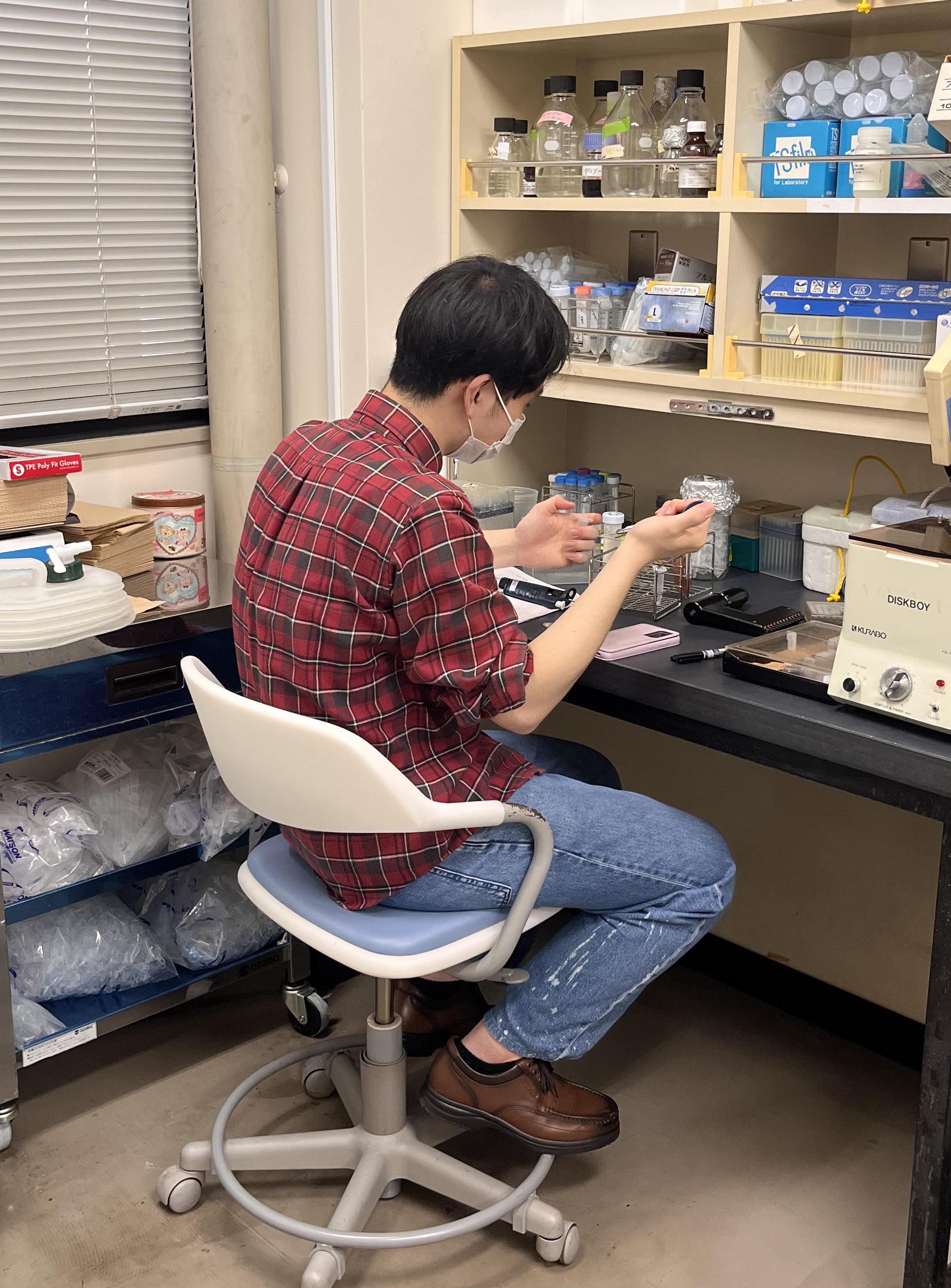

References
Kurowarabe K, Endo M, Kobayashi D, Hayasaka H. CXCL12-stimulated lymphocytes produce secondary stimulants that affect the surrounding cell chemotaxis. Biochem. Biophys. Rep. https://doi.org/10.1016/j.bbrep.2021.101128 (2021)
Kobayashi D, Endo M, Ochi H, Hojo H, Miyasaka M, Hayasaka H. Regulation of CCR7-dependent cell migration through CCR7 homodimer formation. Scientific Reports, doi:10.1038/s41598-017-09113-4 (2017)
Bai, Z, Hayasaka, H (co-first authors), Kobayashi, M, Li, W, Guo, Z, Jang, MH, Kondo, A, Choi, BI, Iwakura, Y, and Miyasaka, M. CXCL12 promotes CCR7-dependent naïve T cell trafficking to lymph nodes and Peyer's patches. J. Immunol., 182: 1287-1295. (2009)
Hayasaka, H., Kobayashi, D., Yoshimura, H., Nakayama, E.E., Shioda, T., Miyasaka, M. The HIV-1 gp120/CXCR4 axis promotes CCR7 ligand-dependent CD4 T cell migration: CCR7 homo- and CCR7/CXCR4 hetero-oligomer formation as a possible mechanism for up-regulation of functional CCR7. PLoS ONE,10:e0117454. (2015)
How do cancer cells metastasize?
Chemokines are involved not only in immune cell migration but also in cancer metastasis. In some cases, the chemokines regulating immune cell migration can stimulate lymph node metastasis. Chemokines support cancer metastasis through various mechanisms, such as through enhancing cytoskeletal reorganization, cell motility, and survival. We study the roles of chemokines in cancer metastasis to lymphoid tissues.

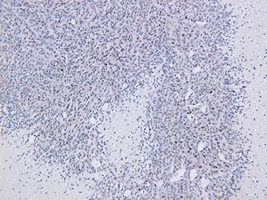
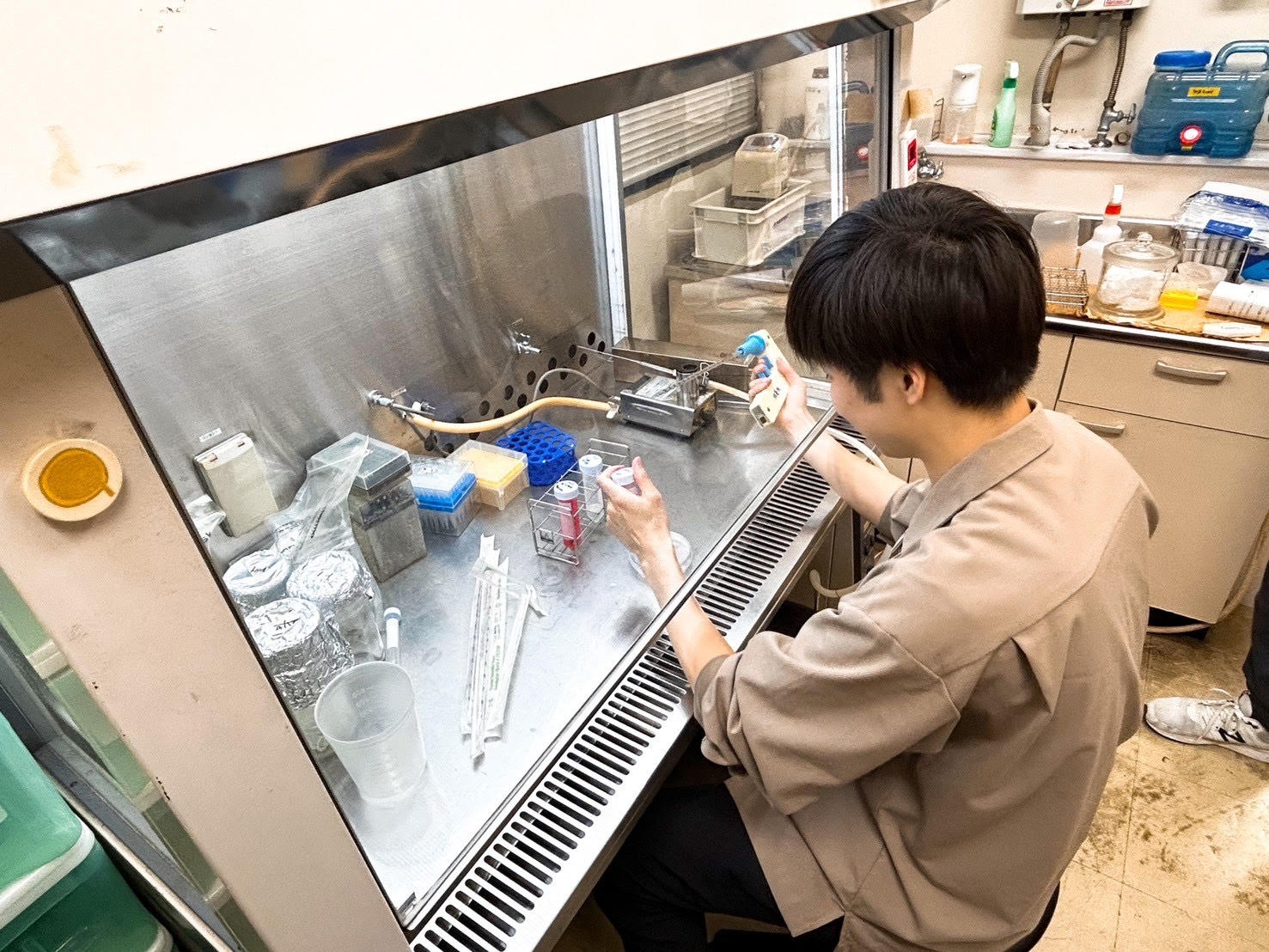
References
Hayasaka H, Yoshida J, Kuroda Y, Nishiguchi A, Matsusaki M, Kishimoto K, Nishimura H, Okada M, Shimomura Y, Kobayashi D, Shimazu Y, Taya Y, Akashi M, Miyasaka M. CXCL12 promotes CCR7 ligand-mediated breast cancer cell invasion and migration toward lymphatic vessels. (2022) Cancer Sci. https://doi.org/10.1111/cas.15293How do blood vessels develop in the lymphoid tissues?
Lymphocytes circulate between blood and the secondary lymphoid tissues to contribute to the homeostasis of the immune system. Lymphocytes in the blood migrate across the wall of high endothelial venules (HEVs) to enter the lymph nodes and Peyer's patches. HEVs are blood vessels with specialized endothelial cells characterized by tall and large cytoplasm, and the expression of chemokines and adhesion molecules involved in lymphocyte trafficking. We study how the specialized endothelial cells of HEVs differentiate in the secondary lymphoid tissues.
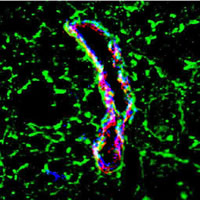
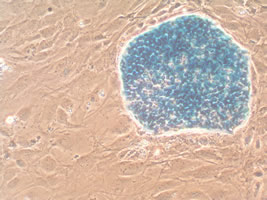
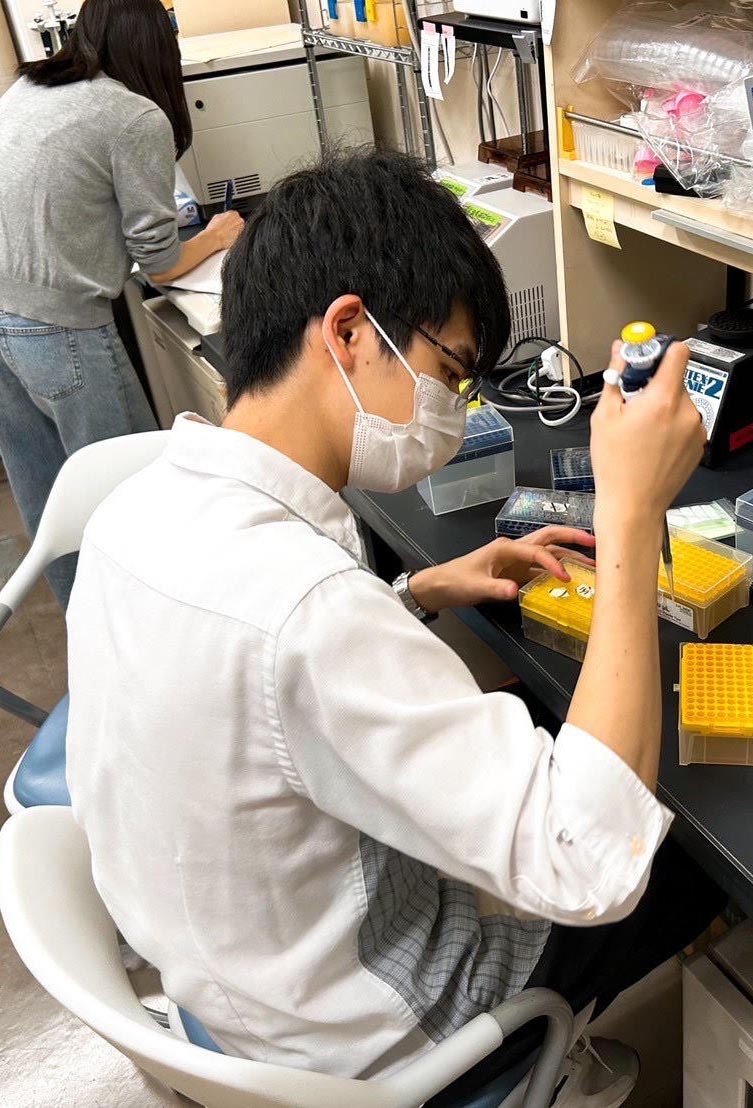
References
Shintani A, Fukai S, Nobusawa R, Taniguchi K, Hatatani T, Nagai H, Sakai T, Yoshimura T, Miyasaka M. Hayasaka H. Dach1 transcription factor regulates the expression of peripheral node addressin and lymphocyte trafficking in lymph nodes. Cur. Res. Immunol., 3: 175-185. https://doi.org/10.1016/j.crimmu.2022.08.008 (2022)
Hayasaka, H., Taniguchi, K., Fukai, S. and Miyasaka, M. Neogenesis and development of the high endothelial venules that mediate lymphocyte trafficking. Cancer Sci., 101: 2302-2308. (2010)
Kellermayer Z, Hayasaka H, Kajtár B, Simon D, Robles EF, Martinez-Climent JA, Balogh P Divergence of vascular specification in visceral lymphoid organs - genetic determinants and differentiation checkpoints. Int. Rev. Immunol. In press (2015)
How do immune cells regulate tumor growth?
Cancer cells proliferate under the microenvironment that is beneficial to their growth. In tumor tissues, cancer cells prevent attack by immune cells and are provided with nutrients and oxygen through intratumoral blood vessels. We investigate how immune cells and chemokines contribute to angiogenesis and tumor growth by using experimental animal models.
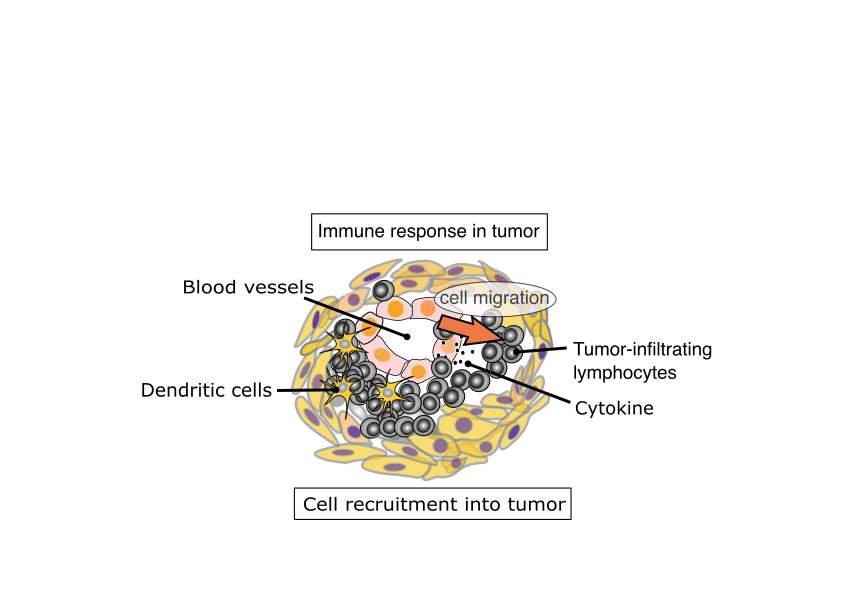
References
Fujie R, Kurowarabe K, Yamada Y, Fujiwara K, Nakatani H, Tsutsumi K, Hayashi R, Kawahata H, Miyamoto M, Ozawa M, Katakai T, Takahama Y, Ohigashi I, *Hayasaka H. Endogenous CCL21-Ser deficiency reduces B16-F10 melanoma growth by enhanced antitumor immunity. Heliyon https://doi.org/10.1016/j.heliyon.2023.e19215 (2023)
Miyamoto M, Kawato Y, Fujie R, Kurowarabe K, Fujiwara K, Nobusawa R, Hayashi R, Iida K, Ohigashi I, *Hayasaka H. CCL21-Ser expression in melanoma cells recruits CCR7+ naïve T cells to tumor tissues and promotes tumor growth. Cancer Sci., 114: 3509-3522. https://doi.org/10.1111/cas.15902 (2023)
Hayashi R, Nakatani H, Kawahata H, Fujie R, Kurowarabe K, *Hayasaka H. Firefly luciferase-based chronological measurement of effector CD8 T cell activity using a multi-chamber luminometer. Bioanalysis, 14: 1413-1421. https://www.future-science.com/doi/10.4155/bio-2022-0208 (2023)
